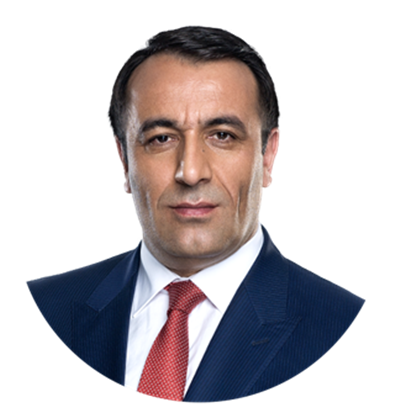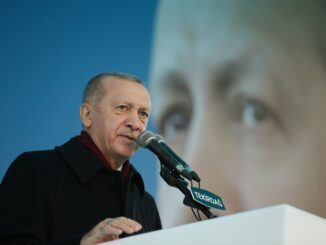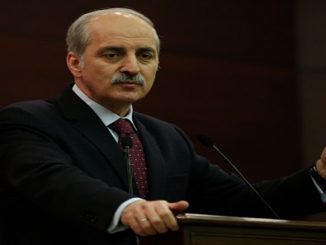
Because we know that as the economy grows and the wheels of economy turn and as some of the production is consumed within the country, part of it is exported,those who try to redesign the economy will not be able to reach their aims. People will just continue to trust the economy.
Therefore, besides the numerical value of the 3.1 growth rate in the second quarter of 2016, this value has many other meanings.
HOW SHOULD THE 3.1 GROWTH RATE BE INTERPRETED?
Turkey’s economic growth rate continuing for 27 quarters since 2009’s global economic crisis, shows that the dynamics of economy are very strong.
The 3.1 economic growth rate, happened despite all the developments in the global economy and the local dynamics of Turkey. This shows that the public trusts it economy.
Turkey has become the fifth country in the G20 to achieve a growth rate of 3.1 percent. On the other hand, Turkey achieved the same place in OECD countries and thus has proved its economic power.
When the Turkish economy experiences problems and thus negative effects, Turkey has room for maneuvering by means of it public finance and thus turning it into something positive.
With this advantage, when the global conditions become difficult or when there is shrinkage in exports, sometimes public spending and sometimes household spending steps in and thus economic growth continues. Economic growth continuing due to public spending in the second quarter of 2016 and a different source stepping up each time, shows the flexibility of the economy.
Another example for this would be from exports. The growth rate of export, which is the fundamental dynamic of economic growth in Turkey, dropped due to geopolitical and global economic conditions. Yet, economic growth continues despite the absence of exports.
Likewise, the economy growing despite the shrinkage in tourism after the problems arising between Turkey and Russia, shows that Turkey is strong against economic cyclical developments.
While economic growth continues, the current deficit, which stands as the biggest obstacle before economic growth, drops.
It is important that there being no current deficit-economic growth dilemma will allow us to use our economic growth potential without any prerequisite.
As it can be remembered, credit rating groups had made negative statements about Turkey’s economic growth and thus dropped Turkey’s economic growth predictions. In fact, they showed uncertainty as a reason for their rating decrease. The 3.1 growth rate was the best answer to give tothese threats and those who chose not to see the economic vitality.
The best answer again to those attacking Turkey in economy, crisis mongering and constantly writing crisis scenarios to create manipulation is the economic growth rate figure.
While the economic growth rate was 3.9 percent in the first half of 2016 and if we consider that the EU’s growth rate was 0.4 percent, we can understand how important Turkey’s growth rate is since it is eight times greater than the EUs.
Lastly, the warm atmosphere following the normalization of relations with Russia, Ankara’s efforts to actualize the structural reforms, the new economic moves made in the east and southeast, will accelerate economic growth.



